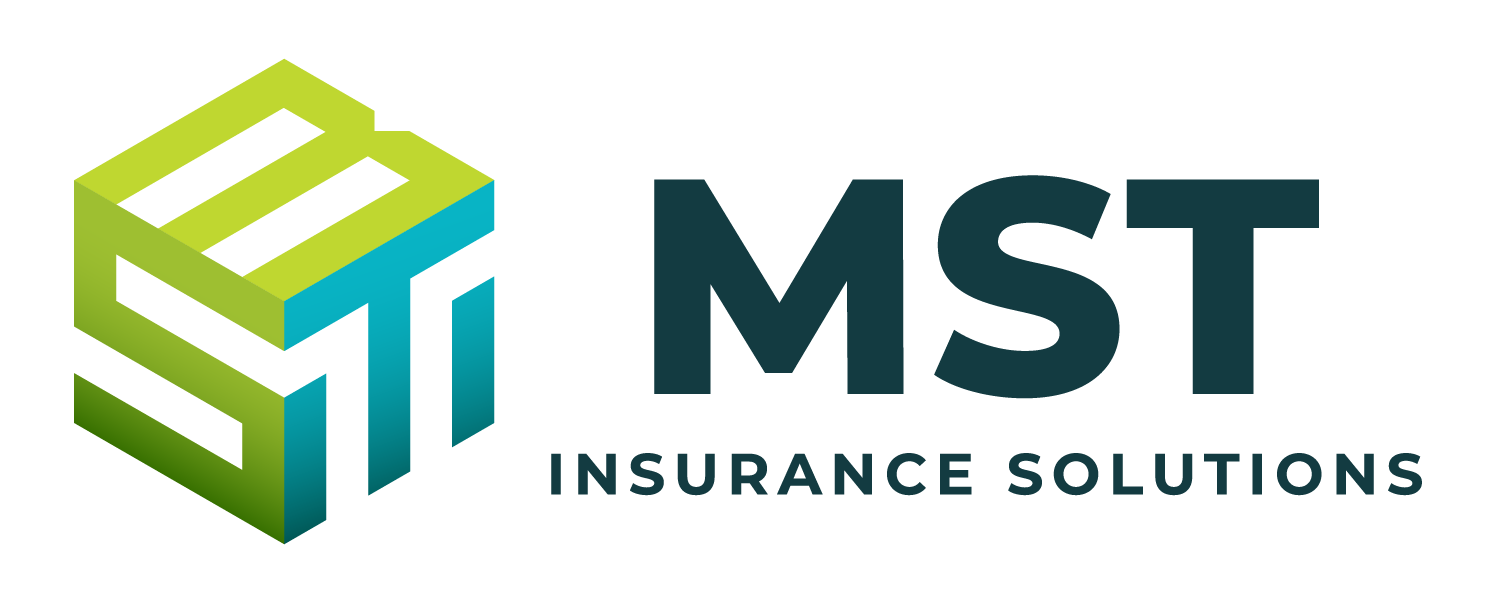A building’s frame is an integral component of structural integrity. While several techniques exist for frame construction, under ISO Construction Class 1, frame construction refers to buildings with combustible exterior walls, floors and roofs, or buildings with noncombustible or slow-burning exterior walls with combustible floors and roofs. It’s typical for the exterior walls to be wood or wood-framed, and even brick veneer or metal cladding on a wood frame is still considered frame construction. The roof structure of frame construction is wood and typically gabled, with either wood, asphalt shingles or metal cladding roofing material.
Frame construction has its advantages—easy to erect and alter, economical and versatile—and common commercial buildings that rely on frame construction include low-rise habitational buildings, motels, restaurants, small offices and outpatient clinics. However, since buildings with frame construction aren’t robustly built and are easily affected by exposure to the elements, they are highly damageable.
This article discusses the risks associated with frame construction and how to prevent damage.
Risks of Frame Construction
The continued development of engineered wood has increased its use as a structural component in commercial buildings. However, frame construction can be susceptible to water and fire damage when not properly maintained. The two most vulnerable areas of the structure are:
- The frame—Water damage occurs when the wood isn’t kept dry, leading to rot, mold, warp, cracks and general shrinkage. When water remains undetected, rot can spread to the windows, doors, plumbing fixtures, basement and roof.
- The roof—Damaged roofing can allow water to seep in and cause wood rot in the roof decking and the lumber used to frame the ceiling. Typical roofing materials for frame construction include:
- Asphalt shingles—This is the most common type of roofing material used, and it lasts between 15 and 30 years.
- Wood shingles (shakes)—Since wood shakes are a natural, more environmentally friendly product than asphalt shingles, they require annual upkeep to prevent warping and splitting. With proper care, they can last anywhere from 20 to 40 years.
- Metal—Metal roofs offer many benefits, including increased durability, safety and energy efficiency. They can last between 40 and 70 years.
Wooden framing and roofing can also allow flames to spread rapidly, becoming unstable in a fire. Cladding the wood in heat-resistant materials and treating the wood with fire retardants can help slow the spread in the case of a fire.
Prevention
Regular maintenance and upkeep are required to maintain the integrity of a frame construction structure and should include:
- Planning for known maintenance intervals—Since certain maintenance can be predicted—such as the lifespan of a roof—it’s essential to budget for it. Having money set aside for routine upkeep and replacement can make it easier to complete the project before it becomes a hazard or more expensive issue.
- Keeping vegetation off of the building—Vegetation on buildings may be an indicator of excess moisture and can cause structural damage, so keep an eye on any growth, including:
- Trees and bushes—Root systems from trees and bushes can damage walls, foundations, pavement and below-ground drains, leading to plumbing issues.
- Ivy and creepers—Aerial roots and woody growth may cause bricks or stones to become displaced.
- Lichens—This growth can cause sheet metals and other materials, especially cedar shakes, to deteriorate.
- Mosses—The presence of moss can restrict moisture evaporation and block rainwater disposal systems, leading to water damage.
- Fungi—Fungi decomposes its environment and may lead to timber decay.
Keep vegetation under control by removing or closely maintaining it.
- Conducting inspections—Schedule inspections annually and after a major storm or wind event to check for damage.
- Maintaining systems—To preserve the integrity of a building’s frame, it’s important to maintain and update all systems within the building, including:
- HVAC
- Electrical
- Plumbing
- Sprinklers (if applicable)
As these systems age, they create the potential for loss, so being proactive in their maintenance and replacement can minimize frame damage.
Conclusion
Frame construction can be an economical option for commercial buildings, but it must be properly maintained and updated to remain operational and safe. For more commercial property guidance, contact us today.
For a copy of this notice, click here:

